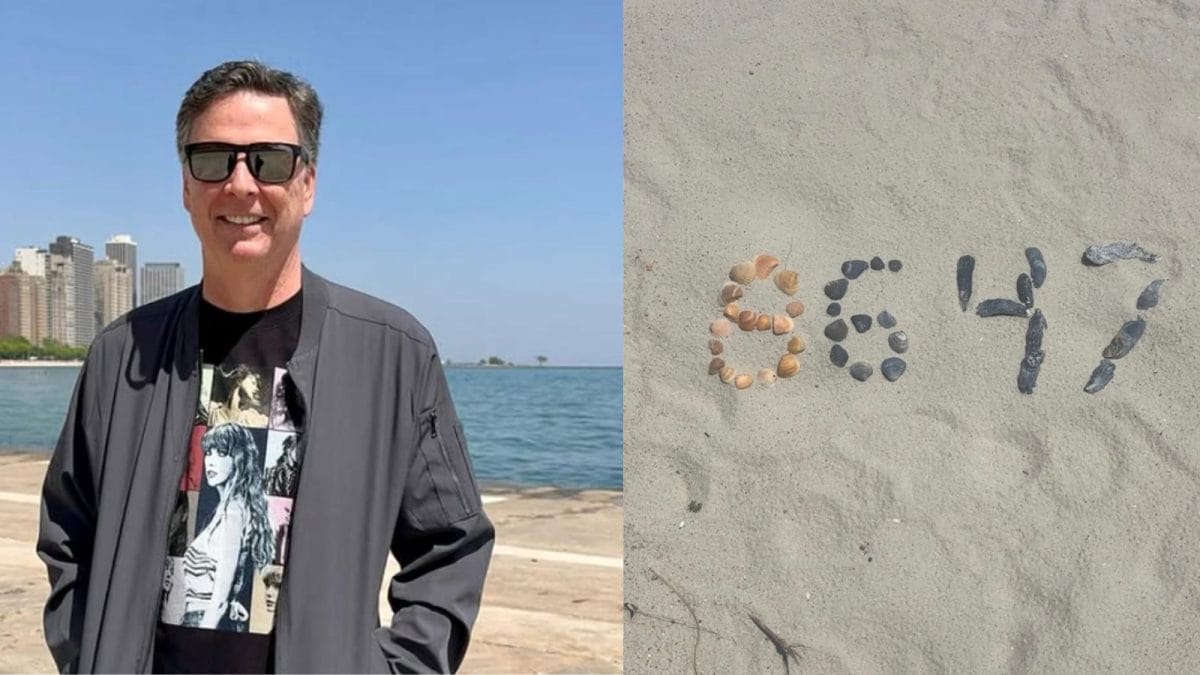A dead tiger, left in a freezer for months. Starving lions and leopards. Animals dying without medical attention. One full-time staffer feeding over 300 animals. According to police and USDA inspection reports, that’s the state of affairs at Oregon’s West Coast Game Park Safari.
State police served multiple search warrants at the south Oregon property on Thursday as part of a “lengthy” criminal investigation. The park is a regional attraction, with over 450 animals across 75 species, and has been in operation since 1969. USDA reports in recent years have noted consistent violations.
An 18 March USDA Animal and Plant Health Inspection report cited nine specific violations, seven of which were repeat violations.
Concerns ranged from animal handling and guest safety – “there is no readily identifiable facility attendant present throughout the zoo in areas where between 50 and 100 combined sheep, goats, llama and deer roam free with and have contact with and are hand fed by the public” – to veterinary cary – “an older lioness, and older lion, and a black African leopard were observed with decreased muscle mass, with hips, ribs, and spine prominently displayed under the skin”.
A 1 April USDA report found four repeat violations, including fence height for dangerous animals not meeting minimum requirements, rodent feces in animal food, and that the same big-game cats cited two weeks prior in the March report had still not been seen by the facility veterinarian.
Violations from prior years include allowing guests to pet a jaguar and a bear large enough to present a danger to the public, and the unintentional maiming and killing of a bear in an effort to kill another bear.
The investigation is ongoing, and is being conducted across eight state agencies. Criminal charges have yet to be filed. More information is expected to be released on Friday, and police are encouraging visitors to avoid the facility.

 5 hours ago
5 hours ago


















